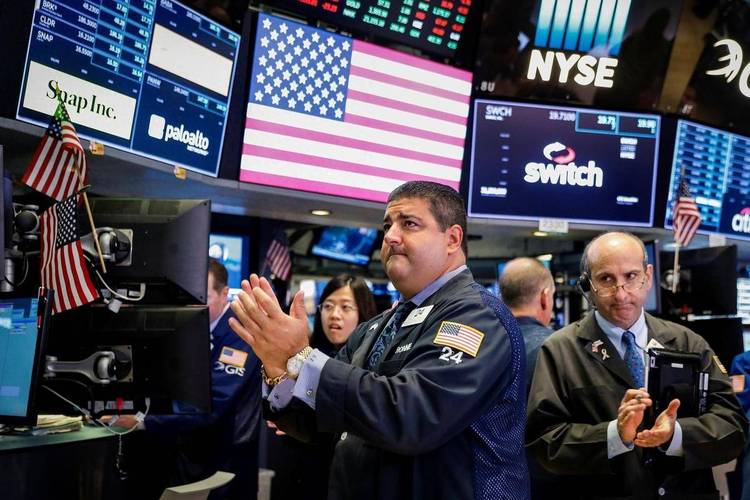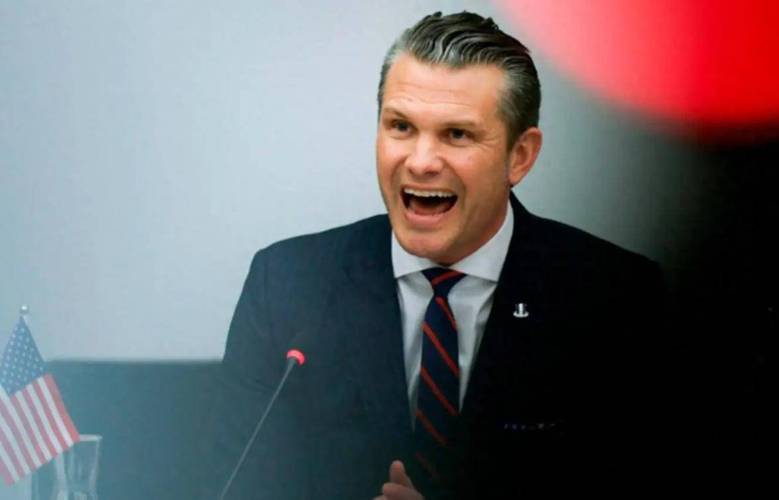
On November 12, 2025, US President Trump signed a temporary appropriations bill, officially ending the federal government shutdown that began on October 1. This 43-day political deadlock has set a new record for the longest shutdown in US history. It not only caused a net economic loss of approximately 11 billion US dollars but also triggered a chain reaction in the financial market. The absence of key economic data has further increased the difficulty of policy decision-making. Although the shutdown has come to an end, short-term recovery pressure and long-term potential risks are still reshaping the direction of the US economy and the global financial market.
The core trigger for the shutdown was the divergence between the two parties over the extension of tax subsidies under the Affordable Care Act. The Democrats insisted on extending the subsidy for one year, while the Republicans advocated direct payment instead. After a six-week stalemate, the two sides reached a limited compromise: the Democrats supported the temporary appropriation bill in exchange for a separate Senate vote on the subsidy extension in mid-December, but the House of Representatives did not make a clear commitment. This "superficial reconciliation" has not resolved the fundamental contradiction. The temporary appropriation only covers until January 30, 2026, sowing the seeds for another shutdown two months later. The ongoing political uncertainty has deeply eroded economic confidence.
At the economic level, the impact of the shutdown shows the dual characteristics of "short-term heavy blow + long-term residue". Data from the Congressional Budget Office shows that this deadlock led to a 1.5 percentage point decline in GDP growth in the fourth quarter. Of the $11 billion net loss, part was due to the reduction in direct output from the stagnation of government services, and a large amount of irreversible losses came from cancelled travel plans, delayed business investments, etc. In the field of people's livelihood, food stamp benefits for 42 million low-income groups have been disrupted, and hundreds of thousands of federal employees are working without pay. It will take 1 to 2 weeks to make up for their salaries. In the public service sector, the air traffic control system has been restricted due to a shortage of personnel, resulting in over 20,000 flight delays. Delta Air Lines and other enterprises have explicitly warned of quarterly revenue losses. At the corporate level, the retail and tourism sectors were the first to be hit. The earnings expectations for S&P 500 components were cut by 2-3%, and the number of layoffs in October reached 153,000, the highest since 2003.
The long-term impact of this shutdown on the financial market is mainly reflected in the "policy blind box" effect caused by the lack of key economic data. Due to the shutdown of statistical institutions, core data such as the October non-farm payroll report and the consumer price index may be permanently missing, causing the Federal Reserve to lose an important reference basis when formulating monetary policy. Previously, the market generally expected a rate cut probability of 63.8% in December, but the data vacuum has blurred the policy path, and the probability of a rate cut has dropped to 58.3%. Uob has warned that the lack of data could "permanently damage the federal statistical system", and the Federal Reserve's "blind eye" on key issues such as whether inflation will continue to return to 2% and the strength of economic recovery can easily lead to policy misjudgment.
Looking ahead, the US economy and financial markets still face multiple challenges. In the short term, it will take several weeks for government agencies to resume operations. The Ministry of Transportation expects to lift flight restrictions at airports within a week to cope with the Thanksgiving travel peak. The food stamp system also needs to update beneficiary files. However, the already caused impacts such as shrinking consumption and undermining business confidence are difficult to reverse quickly. In the medium term, the January 30 funding deadline is a crucial juncture. If the two parties fail to reach a consensus on core issues such as healthcare subsidies, the shutdown could recur. The Congressional Budget Office has warned that repeated outages would exacerbate economic volatility and damage the United States' credit rating.
From a global perspective, as the world's largest economy, the economic turmoil caused by the internal political deadlock in the United States has spillover effects. The EU has issued an economic loss warning. If the shutdown had been extended to eight weeks, the EU's losses would have reached 16 billion euros. In the field of international trade, the delay in customs approval by the United States has affected the import of perishable goods and medicines, further undermining the stability of the global supply chain.
The 43-day government shutdown is essentially a direct impact of political polarization in the United States on the economic and financial sectors. The economic cost of this political farce was composed of an economic loss of 11 billion US dollars, the sharp fluctuations in the financial market and the lack of information in policy decisions. Although the shutdown has ended, political differences have not dissipated, economic scars have not healed, and market uncertainties have not dissipated. These factors will continue to affect the process of the US economic recovery and add volatility risks to the global financial market. For investors, it is necessary to be vigilant against the potential risks of policy misjudgment and another shutdown, and focus on anti-cyclical assets with stable cash flows. For the global economy, the United States urgently needs to restore its political governance capacity to prevent domestic political games from turning into systemic risks to the global economy.

U.S. Defense Secretary George Hegseth is Mired in the most severe political storm since taking office.
U.S. Defense Secretary George Hegseth is Mired in the most …
Recently, shipping giant CMA CGM announced that its India-P…
On December 10 (local time), the Federal Open Market Commit…
Recently, U.S. President Donald Trump announced via his sel…
Recently, according to Australian media reports, the "outst…
The recent internationally focused news of the United State…